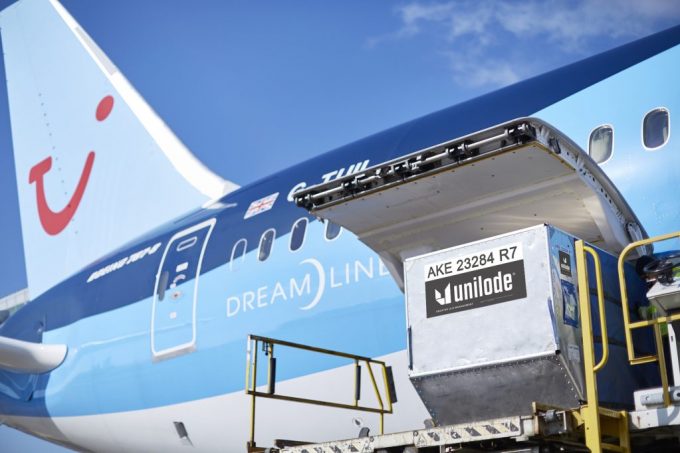FedEx and UPS add 'China fee' ahead of the end of de minimis
In the final weeks before US de minimis exemption for parcels from China ends, UPS ...

Technical staff at ULD provider Unilode are extra busy these days – and will remain so for some time.
The company is fitting its fleet of more than 125,000 ULDs with Bluetooth readers.
It’s a project that management expects to take more than two years, but it is aiming to have close to 80% of the units fitted out within 18 months.
More and more airlines have started trials with Bluetooth technology to provide their clients with better visibility of their shipments. And while they ...
Outlook for container shipping 'more uncertain now than at the onset of Covid'
Transpac container service closures mount
Shippers warned: don't under-value US exports to avoid tariffs – 'CBP will catch you'
Cancelled voyages take the sting out of spot rate declines this week
New Houthi warning to shipping as rebel group targets specific companies
K+N CEO unveils impact of US import tariffs on China-origin goods
Blanked sailings in response to falling demand 'just a stop-gap solution'
CMA CGM to reflag box ship as the French carrier eyes growing Indian market
UK pauses tariffs on 'everyday' items
Boeing looks to resell up to 50 aircraft rejected by Chinese buyers
'Strong start' to 2025, despite market uncertainty, says Kuehne + Nagel
More pressure on transpacific rates as carriers bet on a China-US trade deal
US Customs chaos means 'more downside risk than upside potential' for air cargo
Taiwan ministries act to mitigate effect of trade war on agriculture exports
Wan Hai joins box shipping 'arms race', but avoids Chinese yards for newbuilds

Comment on this article